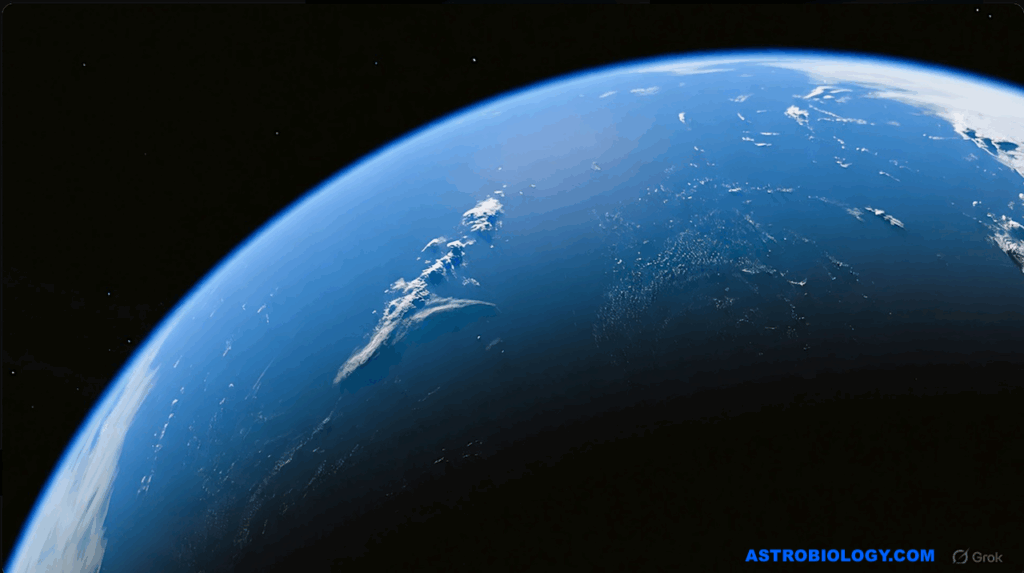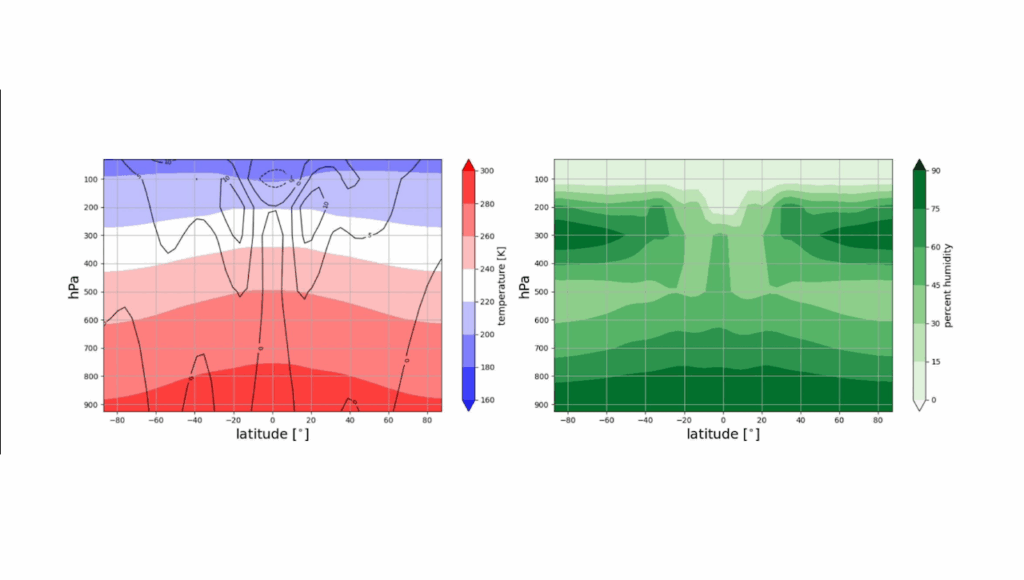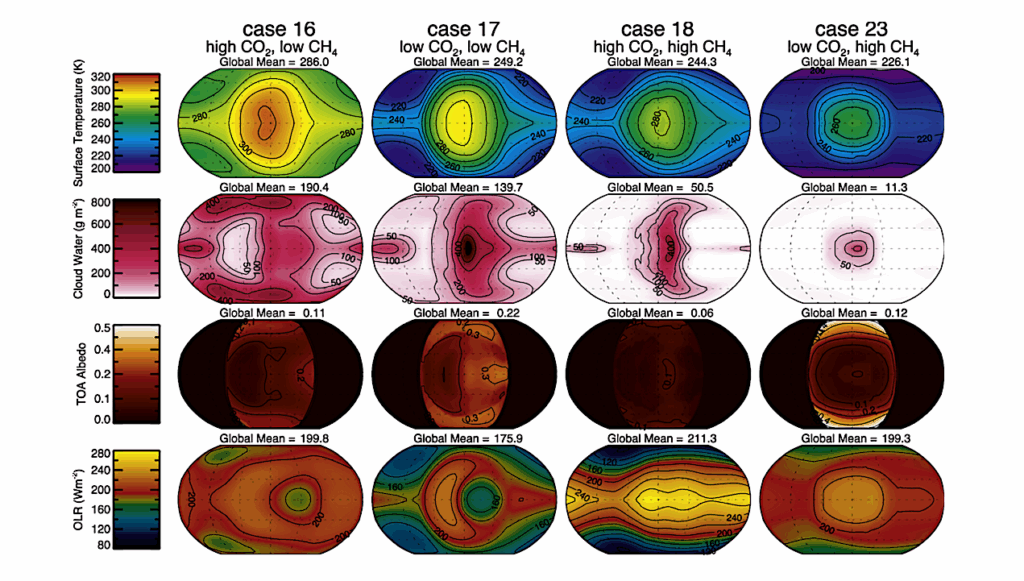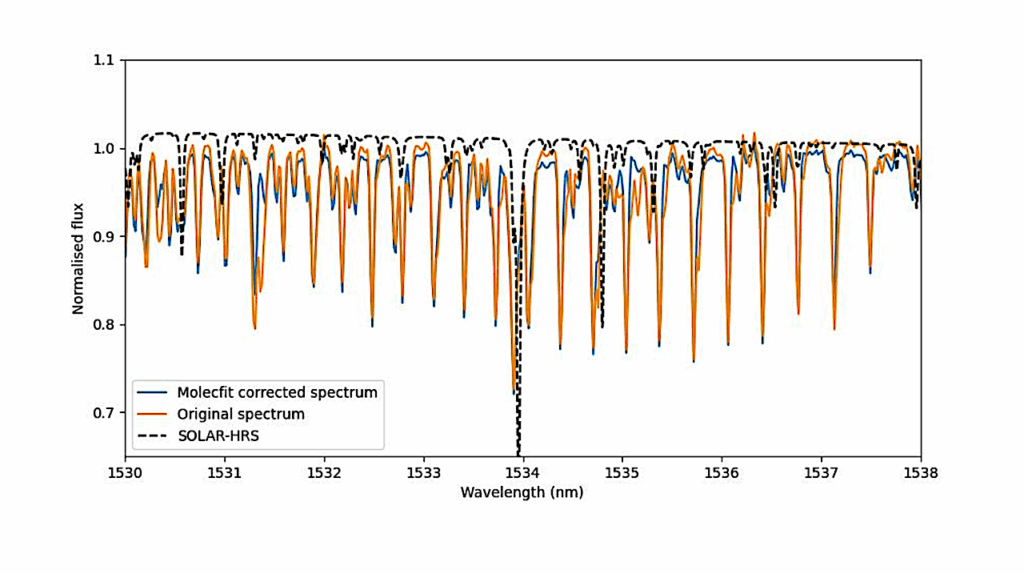Polluted White Dwarfs Reveal Exotic Mantle Rock Types on Exoplanets in our Solar Neighborhood

Prior studies have hypothesized that some polluted white dwarfs record continent-like granitic crust–which is abundant on Earth and perhaps uniquely indicative of plate tectonics. But these inferences derive from only a few elements, none of which define rock type.
We thus present the first estimates of rock types on exoplanets that once orbited polluted white dwarfs–stars whose atmospheric compositions record the infall of formerly orbiting planetary objects–examining cases where Mg, Si, Ca and Fe are measured with precision. We find no evidence for continental crust, or other crust types, even after correcting for core formation. However, the silicate mantles of such exoplanets are discernible: one case is Earth like, but most are exotic in composition and mineralogy.
Because these exoplanets exceed the compositional spread of >4,000 nearby main sequence stars, their unique silicate compositions are unlikely to reflect variations in parent star compositions. Instead, polluted white dwarfs reveal greater planetary variety in our solar neighborhood than currently appreciated, with consequently unique planetary accretion and differentiation paths that have no direct counterparts in our Solar System.
These require new rock classification schemes, for quartz + orthopyroxene and periclase + olivine assemblages, which are proposed here.
Keith D. Putirka, Siyi Xu
Comments: 26 pages, 3 figures, published in Nature Communications
Subjects: Earth and Planetary Astrophysics (astro-ph.EP); Solar and Stellar Astrophysics (astro-ph.SR)
DOI: 10.1038/s41467-021-26403-8
Report number: Putirka, K. D., Xu, S., Nat Commun 12, 6168 (2021)
Cite as: arXiv:2111.03124 [astro-ph.EP] (or arXiv:2111.03124v1 [astro-ph.EP] for this version)
Submission history
From: Siyi Xu
[v1] Thu, 4 Nov 2021 19:46:03 UTC (3,497 KB)
https://arxiv.org/abs/2111.03124
Astrobiology, Astrogeology








